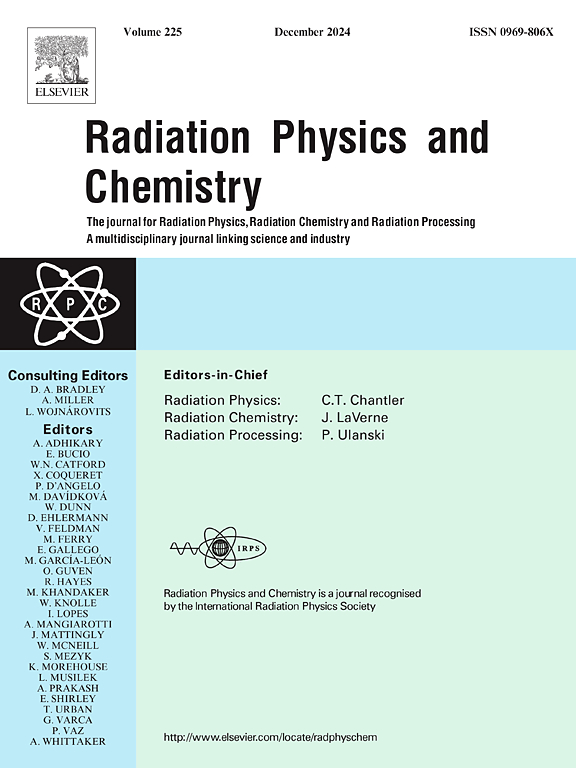XRF and gamma-ray data fusion for predicting key soil fertility attributes
IF 2.8
3区 物理与天体物理
Q3 CHEMISTRY, PHYSICAL
引用次数: 0
Abstract
Efforts to address the limitations of traditional wet chemistry methods have driven studies combining proximal soil sensors with machine learning (ML) to assess soil health through fertility attributes. While energy dispersive X-ray fluorescence (XRF) has been widely and successfully applied, gamma-ray spectrometry (GR) remains relatively underexplored. At the same time, XRF and GR integration (XRF + GR) by data fusion techniques represent a promising pathway to increase the reliability of predictive results. From this perspective, this study aimed to address scientific gaps on deepening data fusion approaches, applying more complex ML algorithms beyond traditional linear regression methods, and expanding findings to encompass a broader set of fertility attributes. Specifically, we compared the standalone performance of XRF vs. XRF + GR by low- and high-level data fusion strategies employing Random Forest (RF), Partial Least Squares (PLS), and Artificial Neural Networks (ANN-MLP) models for assessing soil organic carbon (SOC), cation exchange capacity (CEC), plant-available Magnesium (avMg), Potassium (avK), and Calcium (avCa). A Rhodic Ferrasol soil dataset (n=80) was exploited. Although RF achieved the highest predictive performance compared to PLS and ANN-MLP (0.45 ≤ R2 ≤ 0.78, 1.29 ≤ RPIQ ≤2.68) on XRF data, they were outperformed by data fusion approaches for most attributes, as the relative improvement indicated enhancements for SOC (12.3 %), CEC (20.2 %), and avCa (20.9 %) modeling. While low-level fusion models attained excellent results for SOC (R2 = 0.83, RPIQ = 3.05) and avCa (R2 = 0.82, RPIQ = 3.19), high-level fusion excelled in CEC prediction (R2 = 0.70, and RPIQ = 2.83). The standalone XRF approach proved sufficient for avK modeling (R2 = 0.71, and RPIQ = 2.52), however, avMg prediction remained challenging across all methods. Overall, the XRF + GR synergy enhanced the predictive accuracy of most evaluated soil parameters (SOC, CEC, and avCa), providing valuable insights for developing more efficient, precise, and sustainable soil monitoring methodologies at local scale.
求助全文
约1分钟内获得全文
求助全文
来源期刊

Radiation Physics and Chemistry
化学-核科学技术
CiteScore
5.60
自引率
17.20%
发文量
574
审稿时长
12 weeks
期刊介绍:
Radiation Physics and Chemistry is a multidisciplinary journal that provides a medium for publication of substantial and original papers, reviews, and short communications which focus on research and developments involving ionizing radiation in radiation physics, radiation chemistry and radiation processing.
The journal aims to publish papers with significance to an international audience, containing substantial novelty and scientific impact. The Editors reserve the rights to reject, with or without external review, papers that do not meet these criteria. This could include papers that are very similar to previous publications, only with changed target substrates, employed materials, analyzed sites and experimental methods, report results without presenting new insights and/or hypothesis testing, or do not focus on the radiation effects.
 求助内容:
求助内容: 应助结果提醒方式:
应助结果提醒方式:


